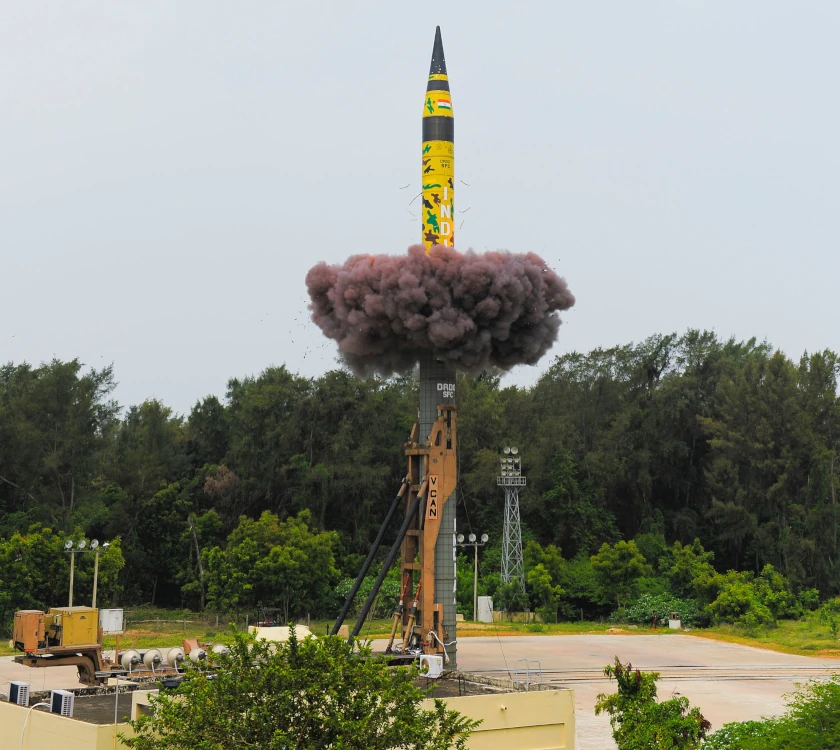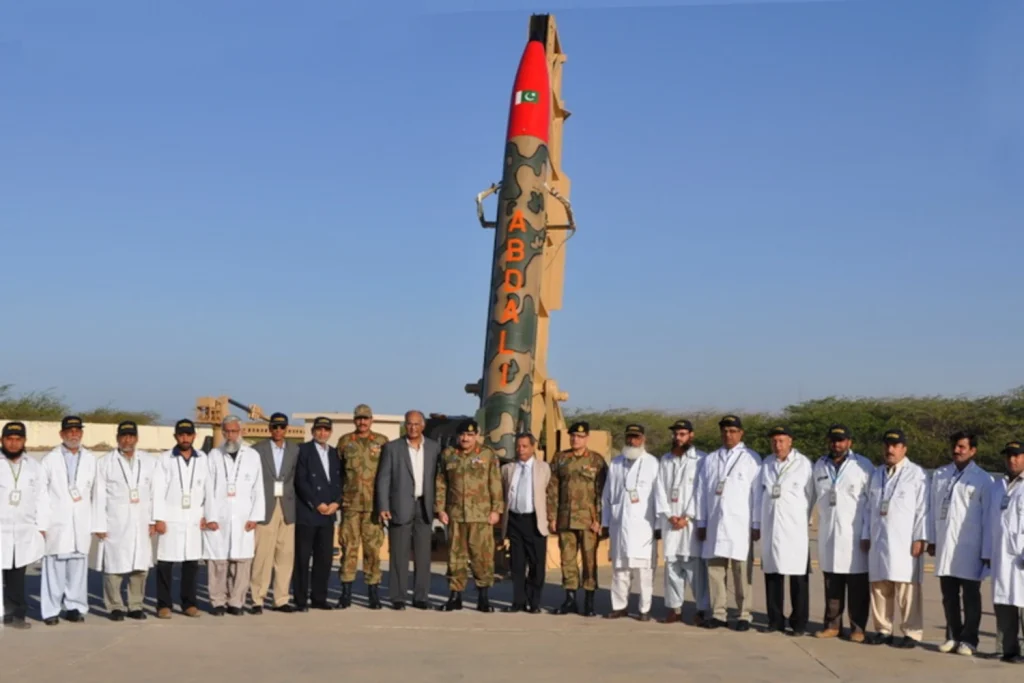Recent days have witnessed a rapid increase in the standoff between India and Pakistan, two nuclear powers. Both nations, poised for imminent military conflict, possess “conventional” missiles, aviation, and naval forces, in addition to nuclear weaponry. It is time to analyze the capabilities both nations have at their disposal amid the escalating conflict.
India’s Nuclear and Missile Capabilities
Since their independence in 1947, India and Pakistan have been completely at odds. Their relationship is characterized by a perpetual weapons race, periodic armed conflicts, and profound mistrust. The potential for a confrontation between these countries poses significant dangers to the security of both the region and the world.
The territorial dispute over Kashmir, a predominantly Muslim region that was divided between India and Pakistan following the partition of British India, is the biggest cause of friction. Pakistan claims the entire territory of Kashmir, while Indian authorities consider it an essential part of their country. Despite the outbreak of three significant wars (in 1947, 1965, and 1971) and numerous border clashes, the issue remains unresolved.
Mutual accusations of supporting terrorism serve to intensify animosity. Pakistan is accused by New Delhi of providing support to armed groups that operate in Kashmir and other regions of India. Pakistan, in turn, accuses India of oppressing Muslims and refusing to engage in negotiations.
In contrast to the mid-20th-century wars, the current conflict has a new element: both India and Pakistan are now nuclear-armed. Since 1974, India has maintained nuclear weapons. It currently has the capacity to expand its arsenal to at least 100 operational warheads, according to various estimates. New Delhi openly admits that its nuclear weapons function as a deterrent against aggression from neighboring Pakistan and China. Consequently, India has devised delivery systems that include air-dropped bombs, submarine-launched missiles, and long-range ballistic missiles. In essence, India is endeavoring to establish a fully operational nuclear trinity to guarantee a retaliatory strike in the event of an attack.

The primary element of India’s nuclear potential is its ballistic missiles, which have a range of 700 to 5,500 km and are classified as Agni-I to Agni-V. Agni-V, the missile with the longest range, is capable of striking targets in Pakistan and China. Land-based launchers are capable of deploying up to 50 such warheads, in addition to scores of shorter-range missiles.
India’s naval nuclear component consists of two nuclear-powered submarines, INS Arihant and INS Arighat, that have been domestically developed and are capable of delivering nuclear-armed missiles. These submarines are capable of launching K-15 Sagarika (750 km range) and K-4 (3,500 km range) missiles. K-4 missiles launched from the Arabian Sea can cover the entire country when targeting Pakistan.
The Dassault Rafale, Mirage 2000, upgraded Jaguar fighter-bombers, and Russian-made Su-30MKI are among the modern Indian Air Force aircraft that can be equipped with nuclear weapons. Furthermore, the BrahMos-A cruise missiles, capable of launching at supersonic speeds, could potentially carry nuclear warheads. If this were the case, India would possess a multitude of potential delivery systems that could launch attacks without penetrating the air defense zones of the enemy.
The Missile and Nuclear Potential of Pakistan
Pakistan initiated its nuclear weapons program in 1972. “Christians have the bomb, Jews have the bomb, and now Hindus have the bomb. Why shouldn’t Muslims also have one?” said then-president Zulfikar Ali Bhutto. Pakistan successfully tested its own nuclear device in 1998, following years of diligent effort. Concurrently, it initiated the development of delivery systems. Pakistan’s nuclear doctrine aims to deter and counter India.
Pakistan possesses an estimated 150 warheads, primarily delivered by ground-based missiles and aircraft. Furthermore, Pakistan is actively developing sea-launched cruise missiles. Although Pakistan does not currently possess nuclear submarines, there are ongoing endeavors to deploy cruise missiles from conventional diesel-electric submarines.
Pakistan has developed, tested, and deployed various mobile ballistic missiles, including the Ghaznavi, Abdali, Shaheen-I, Shaheen-II, and Shaheen-III. With a range of up to 300 km, the first three missiles are more tactical in nature and are unlikely to carry nuclear warheads. Nevertheless, the Shaheen-III, which has a range of 2,750 km, is capable of covering the entirety of India and can be launched from mobile platforms that are similar to those used by the Chinese multi-axle launchers. This evidence suggests that there may be military-technical cooperation with China. Pakistan’s nuclear forces are presently deploying this model, and it is probable that the country has already acquired several dozen of these missiles. There is also ongoing development of a more potent missile, Ababeel, which will have a comparable range but be capable of transporting multiple payloads.

Pakistan’s Air Force maintains an adequate fleet of aircraft capable of transporting nuclear weapons, including the F-16s manufactured in the United States and the JF-17 Thunder, which was jointly developed with China. This provides Islamabad with a substantial nuclear capability to respond in accordance with its doctrine.
In conclusion,
India and Pakistan currently maintain nuclear arsenals that are both extensive and comparable. The distributed second-strike capabilities of the other side ensure that they are not entirely destroyed by either party. Consequently, their nuclear arsenals may serve as a deterrent to the further escalation of border provocations and skirmishes into a full-scale military conflict, thereby preventing a full-scale war.
About the author
Joseph P. Chacko is the publisher of Frontier India. He holds an M.B.A in International Business. Books: Author: Foxtrot to Arihant: The Story of Indian Navy's Submarine Arm; Co Author : Warring Navies - India and Pakistan.
*views are Personal

